Shantytown tours are one of the more recent developments in Peru’s tourism scene, especially in Lima. While the historic city center, Miraflores and the Malecon overlooking the sea are must-see attractions, visiting only the upscale areas give a jaded view of the city. While poverty is lowest in Lima, it certainly exists. For people who want to get off the beaten path and see the real Peru, a shantytown tour is an excellent option.
Disclaimer: Haku Tours did not charge me for the tour which this review is based on.
Known as “pueblos jovenes” in Peruvian Spanish, shantytowns are a common phenomenon across Latin America where inefficient and overregulated governments cannot accommodate the legal requirements to build housing in societies with high rates of poverty. They are “favelas” in Brazil or “comunas” in Colombia. They were called Hoovervilles in the United States during the Great Depression, named for then-President Herbert Hoover, whose hands-off policy mixed with trade protectionism was seen as exacerbating the crisis.
Shantytowns are basically homemade housing. When a family needs some kind of shelter but can’t afford to buy an existing home and/or land, the natural recourse is to buy rudimentary construction materials, stake out a piece of apparently unused land and build a shelter. It’s completely illegal and unregulated. While the phenomenon is seen across Latin America, few cities saw the extent that Lima did. In fact, the majority of housing in Lima today was built informally or “extralegally.”
In time these neighborhoods acquire electricity, running water, paved roads and even legal title. One of the seminal works on the informal economy and how these shantytowns developed sophisticated extralegal system to govern their affairs is The Other Path by Peruvian economist Hernando de Soto, whose work has inspired the World Bank’s Ease of Doing Business index. The book also earned him an assassination attempt from the Shining Path.
Watch a fascinating 1970s news segment from the Associated Press on YouTube (12 minutes) featuring footage from the original settlement of Villa El Salvador.

The shantytowns tours take place in the outskirts far from the heart of the city. The areas are generally dusty and mountainous, not the most beautiful land. I took my tour in November when the sun was out. Above is what the area is like in the winter: foggy desert. Photo credit: Andina / Carolina Urra.
The original shantytowns were built in the valleys, but the nonstop immigration to Lima from the 1960s until today has pushed the development onto the hillsides. The further from the city and the higher up the mountains you go, the deeper the poverty.
Hillsides are often where squatters build their shacks across Latin America. On the bright side, they often have the best views. Some homes would appear finished with running water and electricity. Others are a work in progress.
This house is in its infancy. Note the wooden walls which don’t completely enclose the home. A tarp stretches between two pieces of sheet metal in an attempt to cover the home. A child looks from behind the door.
This home, on the other hand, is fully enclosed with glass window panes and a locking door and fence. Satellite dishes imply they not only have electricity, but television and internet. A coat of paint lends color to the neighborhood.
One of the most emblematic images from these areas are the yellow staircases the city of Lima built in the early 21st century to make the climb easier for residents.
Lima mayor Luis Castañeda is often criticized for branding public works with the name and colors of his political party. Aside from the ever-present yellow of the National Solidarity party, in this picture you can see his name on the steps and the name of the party in the blue sign: “Programa Solidaridad.”
Not every pedestrian route in the neighborhoods has the luxury of stairs. This is what the footpaths would have looked like in the 1980s and 1990s, without the larger developments in the background. A barking dog threatens from below.
Edwin Rojas founded the first shantytown tours in Lima in 2007. His story could be an entire blog post, but suffice to say there is no better shantytown expert in Peru. He grew up in Villa el Salvador before it had running water. He tells what it was like to fetch buckets of water from Chorrillos hours away. He knew Villa El Salvador’s most famous resident, Maria Elena Moyano, whose 1992 assassination by the Shining Path outraged the nation. Edwin knew her as a child, and she was murdered a few blocks from where he still lives today. I think what’s probably unique about his tour is that he explains what the area was like then, when the guerrillas controlled the district and enforced a curfew.
Rojas is not only the most connected tour guide for Villa El Salvador, he also gives back to the community. Above is a school built with Haku Tours money. The virtual tour of photos below show the interior.
Forty percent of the revenue from his agency, Haku Tours, is invested in building social projects in the hillside slums. That’s 40% of total revenues but 100% of the revenues from the shantytown tours. So if you take the Lima Reality Tour with Haku Tours, all of your money will go directly to build schools, daycare centers and soup kitchens.
This is the daycare built by Haku Tours. Note the Cuna Mas sign on the left, which indicates it is a member of former President Ollanta Humala’s most popular social program which subsidizes daycare and food for children living in extreme poverty. The other pictures below show the children inside, whose subsidized lunch featured mashed potatoes and lentils with rice. Another picture shows a Haku Tours soup kitchen currently under construction.
Edwin adds a different layer to your experience in Lima, Peru’s Creole stronghold, because he differentiates between the historic Creole capital and the indigenous culture of the people who live in the slums. Edwin is passionate about specifically Inca culture, and you can see him above explaining the use of Inca-style masonry in the foundation of a home. These rocks are pieced together almost perfectly. This is obviously a more pedestrian example of the Inca architecture, which are more known for amazing works in Cusco such as Machu Picchu, Sacsayhuaman and the 12-angle stone, which all feature giant rocks smoothed and edged into perfect fits.
Location and Info
Haku Tours is located one block south of Parque Kennedy in Miraflores. Read more and see pictures of Haku Tours philanthropy on their website or blog.
Haku Tours
Cl. Ocharan 141, Oficina 21
Miraflores, Lima
Office: +51 (1) 444 2077
Mobile: +51 923 223 157
booking@hakutours.com
Pictures
Click the pics below to enlarge. For high-res slideshow viewing, see the Lima Shantytown Tour album on the Lima City of Kings Facebook page. Also see a photo essay from the Associated Press, who also took a tour with Haku Tours and Edwin.


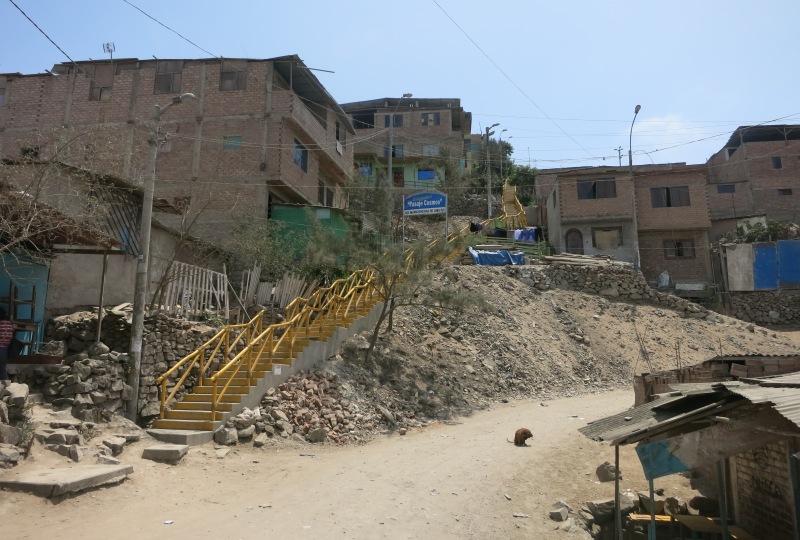
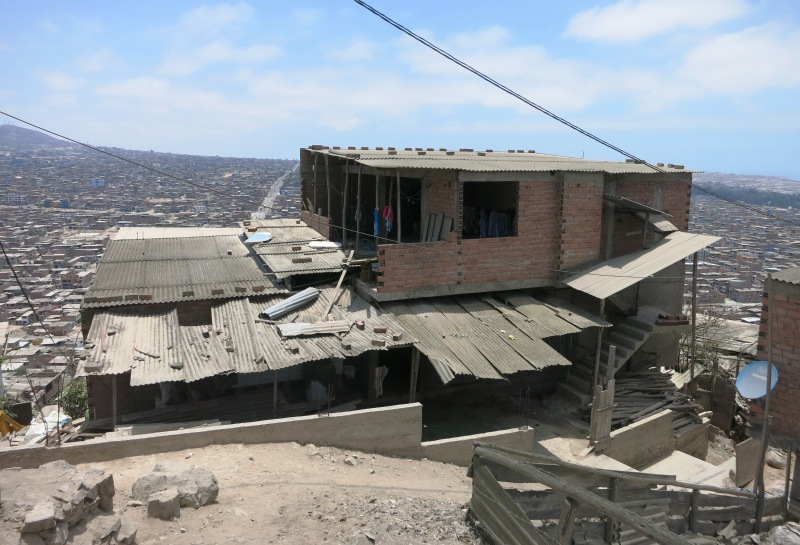
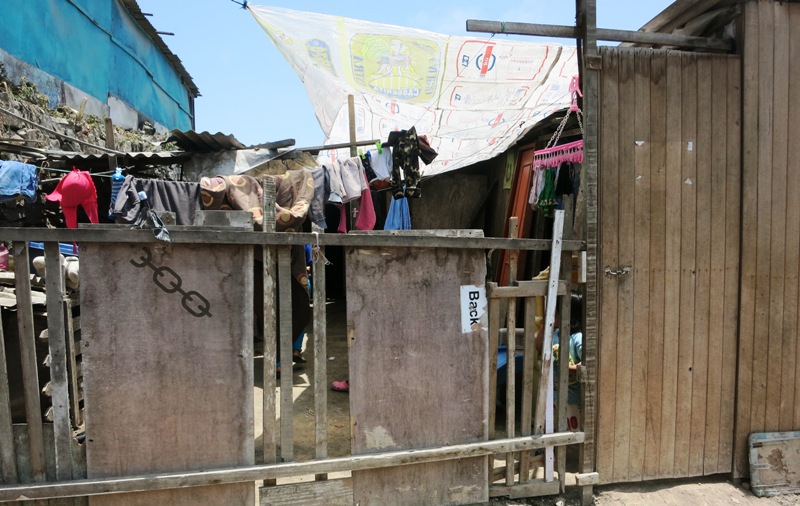
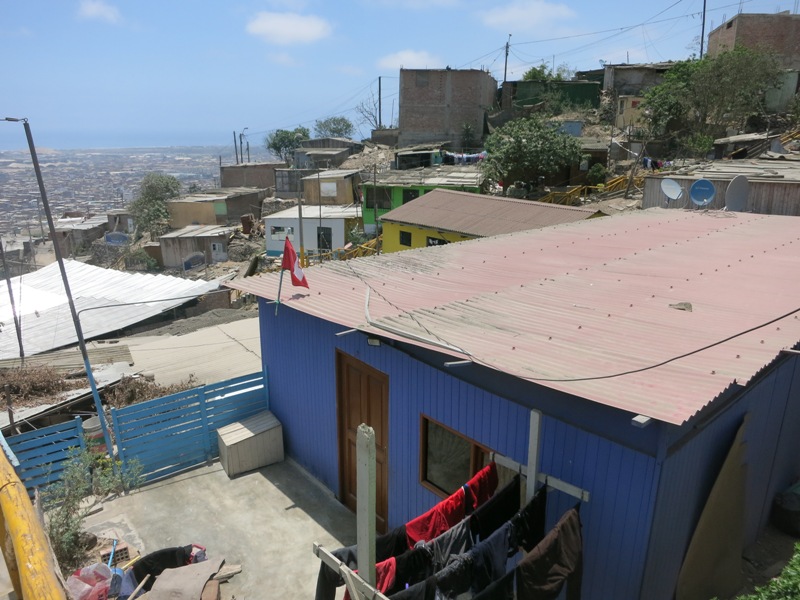
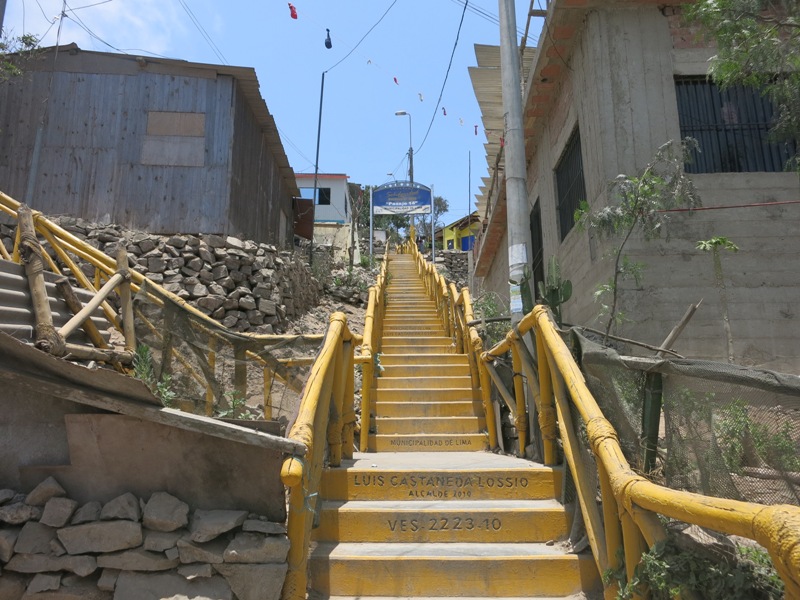
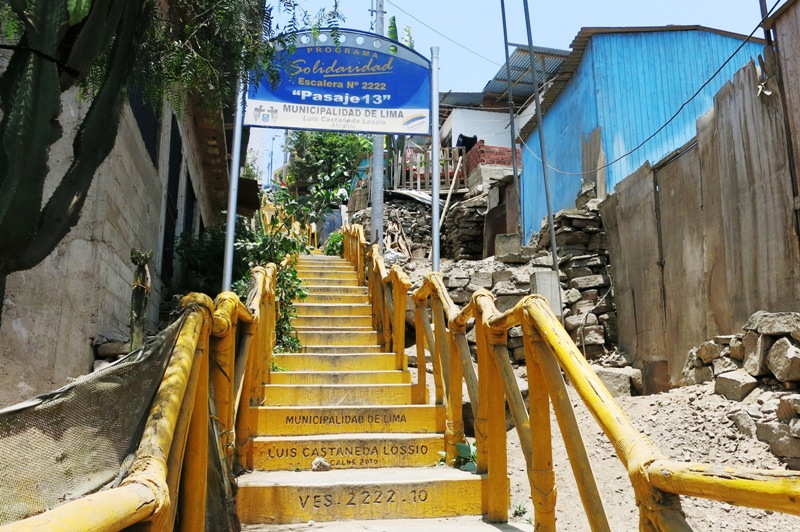
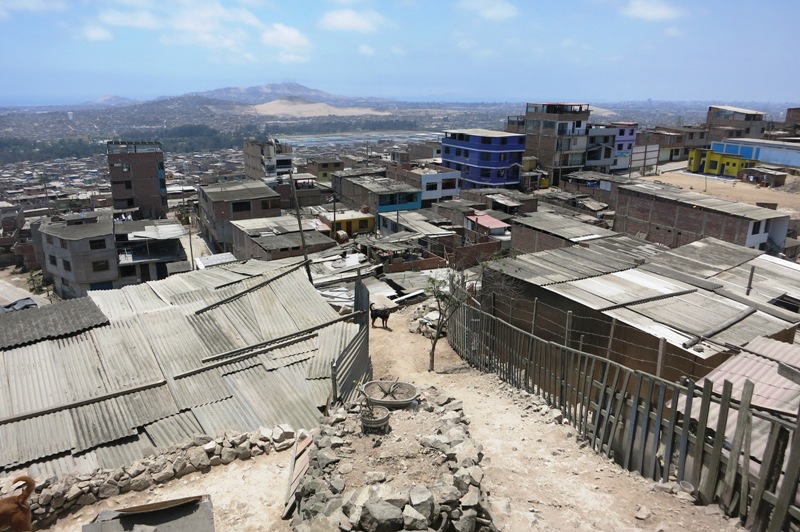
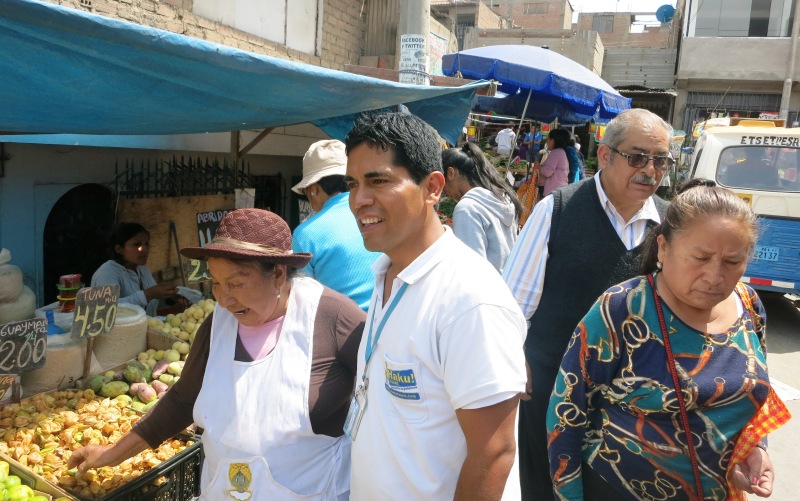
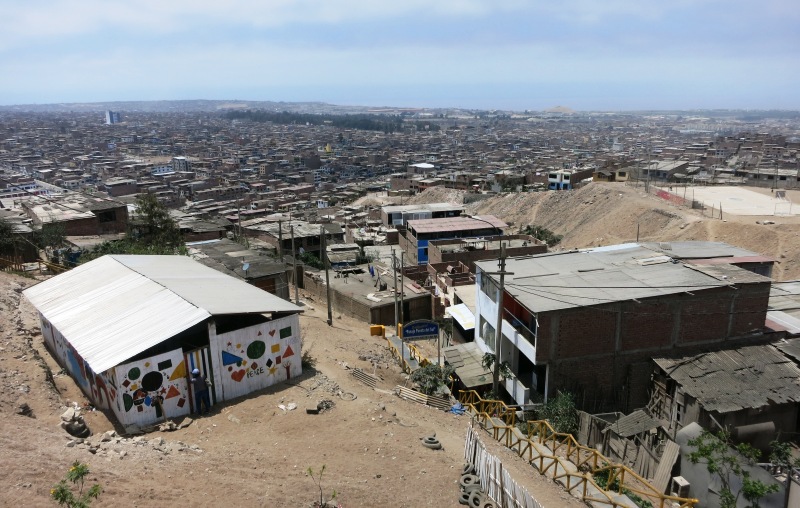

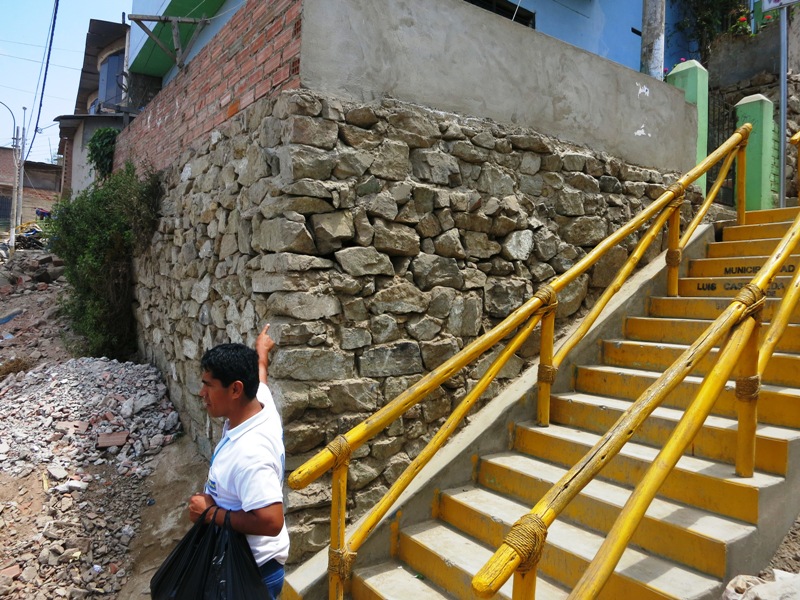
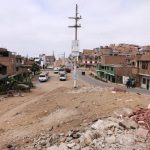
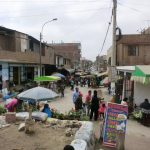
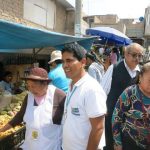
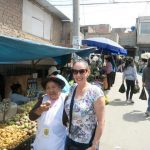
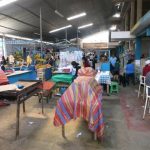

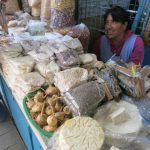
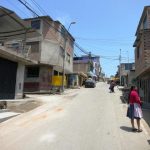

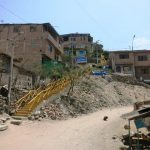
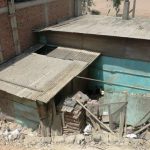
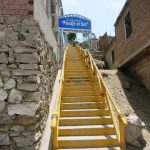

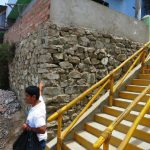
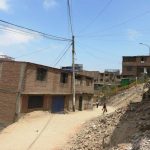
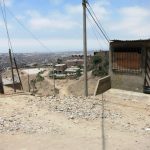
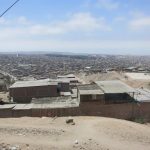
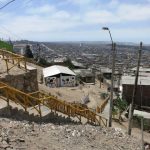
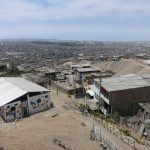
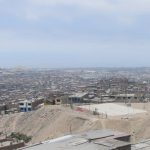
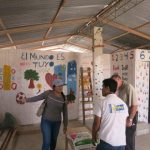
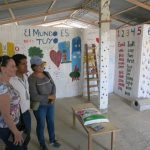

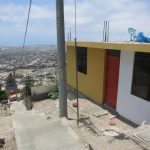
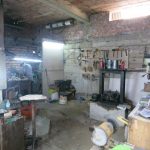
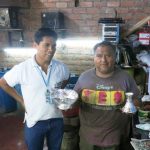
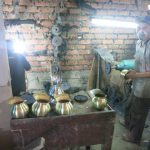

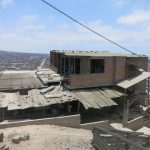
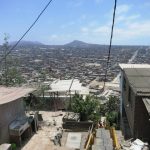
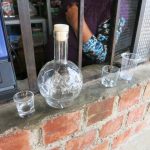
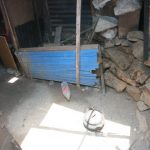
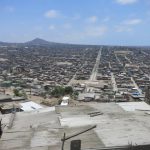
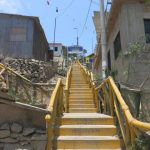

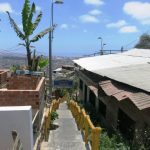
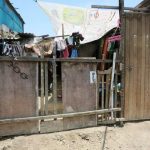
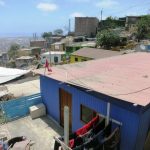
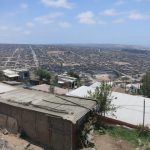
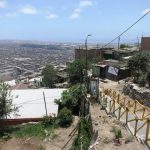
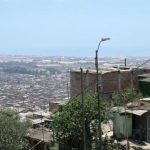
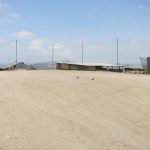
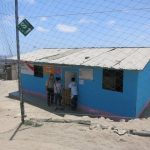
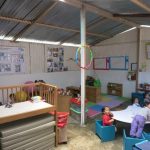
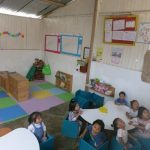

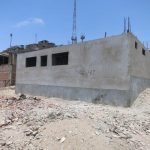

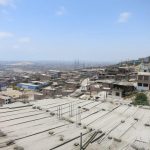
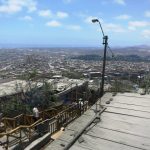
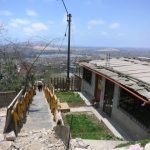

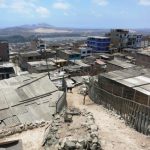
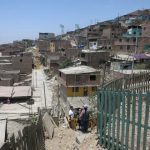
3 comments